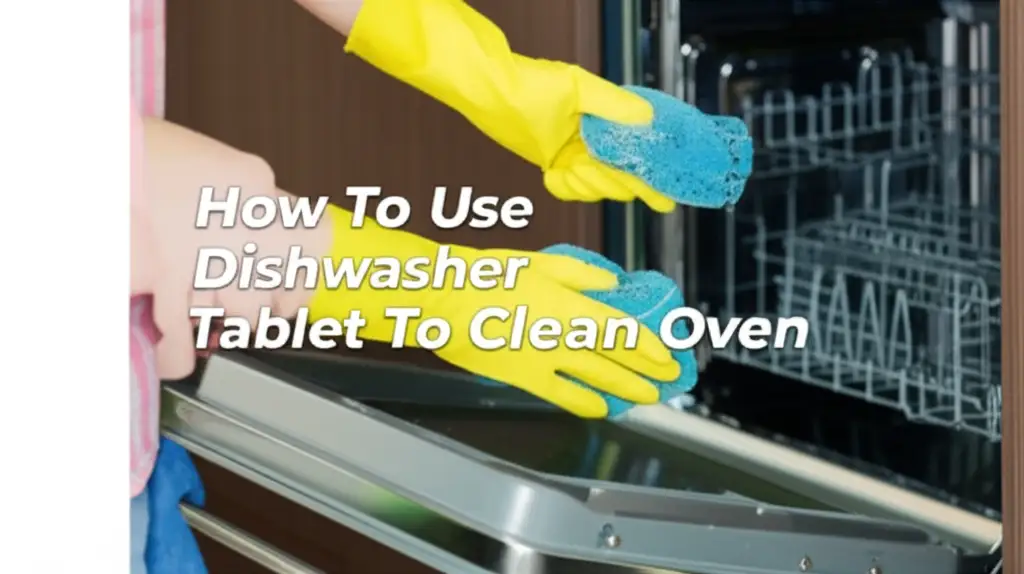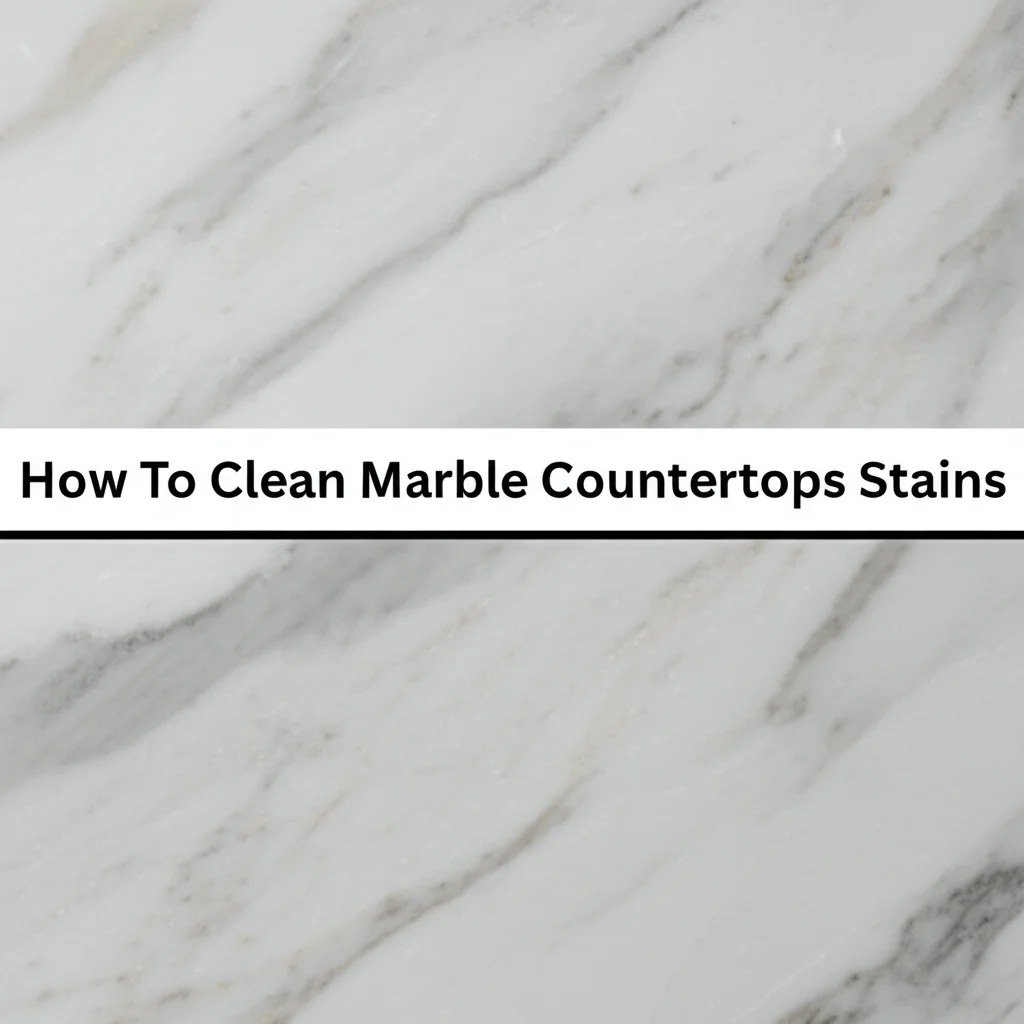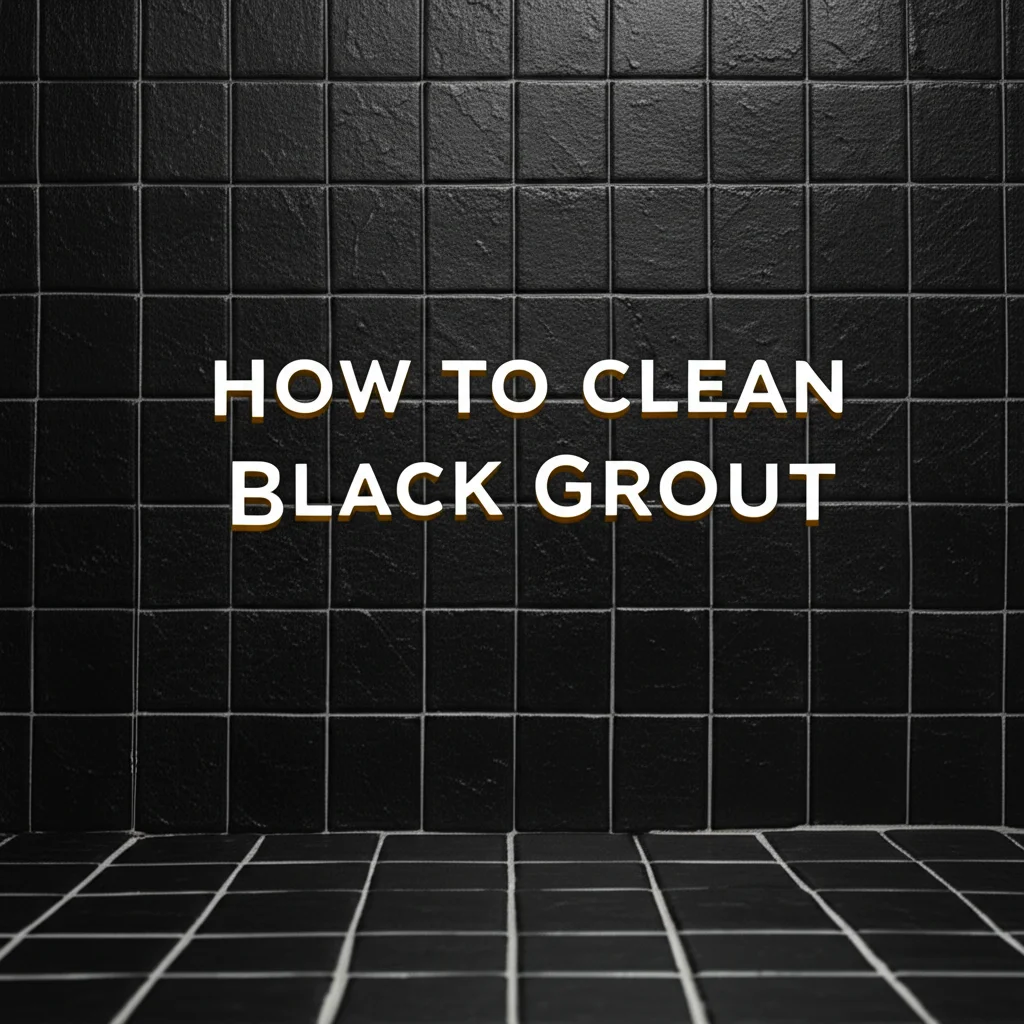· Todd Martin · Home Cleaning · 14 min read
How To Clean Grease Stains

Conquer Grease Stains: Your Ultimate Cleaning Guide
Grease stains are a common kitchen menace. They appear on clothing, countertops, and even walls. These greasy marks can seem tough to remove. But I have found that effective methods exist to tackle them. This guide shows you how to clean grease stains from different surfaces. We will cover fabrics, hard surfaces, and specialized areas.
Grease often splatters during cooking. This leaves behind unsightly marks. Knowing how to quickly and properly address these spots saves your items. This article outlines the best products and techniques. It helps you restore your home surfaces. You will learn to make grease stains disappear for good.
Takeaway
- Act Fast: Treat grease stains immediately for best results.
- Identify Surface: Different materials require specific cleaning approaches.
- Absorb First: Use absorbents like cornstarch before applying cleaners.
- Test in Hidden Spot: Always pre-test cleaning solutions to prevent damage.
- Rinse Thoroughly: Remove all cleaning agent residues to avoid new marks.
- Prevent Splatters: Use lids and splatter guards during cooking to reduce future stains.
Grease stains often feel impossible to remove, but quick action and the right tools make a big difference. You can effectively clean grease stains by first absorbing excess oil, then applying a suitable degreaser or common household cleaner like dish soap, baking soda, or vinegar, depending on the stained material, followed by thorough rinsing.
Understanding Grease Stains and Why Quick Action Matters
Grease stains are essentially oil-based residues. They spread easily and penetrate deep into materials. This makes them challenging to remove once they set. Cooking oil, butter, and food splatters are common culprits. These stains often show as dark, wet-looking spots. I have learned that the sooner you act, the better your chances of full removal.
Fresh grease stains are easier to clean. The oil has not bonded strongly with the fibers or surface yet. It remains on top or near the surface. Old grease stains have had time to dry and bind. They also collect dirt, making them appear darker and more stubborn. This is why immediate treatment is my golden rule.
When a grease stain occurs, the first step is always absorption. Do not rub the stain. Rubbing pushes the grease deeper into the material. Instead, blot gently or sprinkle an absorbent powder. This lifts the excess oil away. This initial action prevents the stain from spreading and setting.
Ignoring a fresh grease stain means more work later. The oil can oxidize, leading to yellowing or discoloration. This is especially true on fabrics. Heat also sets grease, making it permanent. So, avoid putting stained items in a dryer until the stain is completely gone. I always check carefully before washing and drying.
Essential Tools and Cleaning Agents for Grease Removal
Having the right tools and cleaning agents simplifies grease stain removal. You do not need a vast collection of specialized products. Many effective solutions are already in your home. Knowing what to use saves time and effort. I always keep these items handy for quick cleanups.
For absorbency, I rely on a few key items. Cornstarch, baking soda, or talcum powder work wonders. These fine powders soak up liquid grease. I sprinkle them generously over fresh stains. Flour can also serve this purpose if nothing else is available. These absorbents are safe for most surfaces. You can learn more about specific uses for how to clean grease with cornstarch.
Dish soap is a powerful degreaser. Its formulation helps break down oils. I use it for many grease stains, from clothing to countertops. Dawn dish soap is a popular choice for its effectiveness. White vinegar is another versatile cleaner. It cuts through grease and also deodorizes. I mix it with water for milder solutions.
For tougher jobs, I might use rubbing alcohol or hydrogen peroxide. These are good for certain fabrics or surfaces. Always test them in an inconspicuous area first. Some commercial degreasers are also very effective. These are often labeled for kitchen use. Read product labels carefully before using them.
Other useful tools include soft cloths, sponges, and old toothbrushes. Soft cloths are for blotting and wiping. Sponges help apply solutions. Toothbrushes are great for scrubbing small, set-in stains. A dull knife or credit card can scrape off dried, thick grease. Having these basics ensures you are prepared.
Cleaning Grease Stains from Fabrics and Carpets
Grease stains on fabrics and carpets need careful attention. The porous nature of these materials means grease can sink in quickly. My approach focuses on drawing the grease out. I always start with the least aggressive method. This protects the fabric or carpet fibers.
For clothing, act immediately. First, blot away any excess grease with a paper towel. Do not rub, just blot gently. Then, sprinkle a generous amount of an absorbent like cornstarch or baking soda over the stain. Let it sit for at least 15-30 minutes, or even a few hours for larger stains. The powder pulls the grease out. After it has sat, brush away the powder gently.
Next, apply a small amount of liquid dish soap directly to the stain. Gently rub it in with your finger or a soft brush. Work the soap into the fibers. You will see the soap starting to emulsify the grease. Let it sit for 5-10 minutes. Then, rinse the area with warm water from the back of the fabric. This pushes the grease out. Wash the item as usual with hot water if the fabric allows. Always air dry the item to ensure the stain is gone. Drying with heat sets the stain permanently.
Cleaning grease from carpets follows a similar process. First, blot the fresh stain with a clean cloth. Sprinkle baking soda or cornstarch generously over the spot. Let it sit for several hours or overnight. This allows maximum absorption. Then, vacuum up the powder. For remaining residue, mix one tablespoon of dish soap with two cups of warm water. Dampen a clean cloth with this solution. Blot the stain, working from the outside in. Do not saturate the carpet. Rinse the cloth and blot with clean water to remove soap residue. Finish by blotting with a dry towel.
For very stubborn fabric stains, a pre-treatment spray or an enzyme cleaner may be needed. Always check the fabric care label first. Test any new product on an inconspicuous area. This prevents damage or discoloration. With persistence, most fabric and carpet grease stains can be removed.
Tackling Grease Stains on Hard Surfaces: Kitchens & More
Grease on hard surfaces is common, especially in the kitchen. Countertops, stovetops, and cabinets frequently suffer from splatters. These surfaces are less porous than fabrics. This makes grease removal often easier. My method for these areas involves degreasing and wiping.
For kitchen countertops and stovetops, a simple dish soap solution works wonders. Mix a few drops of dish soap with warm water in a spray bottle. Spray the greasy area generously. Let it sit for a few minutes. This gives the soap time to break down the grease. Then, wipe the surface clean with a damp cloth or sponge. For how to clean grease off stainless steel, I use a microfiber cloth to prevent streaks. Always wipe with the grain of the stainless steel.
Grease can accumulate on kitchen cabinets, especially near the stove. For how to clean grease from kitchen cabinets, I use a mixture of warm water and white vinegar, with a dash of dish soap. Dampen a cloth with this solution and wipe down the cabinet surfaces. For stubborn spots, a paste of baking soda and water can be applied. Let it sit for 10-15 minutes, then gently scrub with a soft brush and wipe clean. Rinse with a clean, damp cloth and dry thoroughly to prevent water marks.
Walls and ceilings can also get grease splatters. Kitchens are prone to this. For how to clean grease off ceiling or walls, start by wiping off any loose dust. Then, use a mild degreaser or a solution of warm water and dish soap. Apply it with a soft sponge, wiping gently. Avoid saturating painted walls. Rinse the sponge frequently with clean water. Wipe down the cleaned area with a fresh, damp cloth. Always finish by drying the surface to prevent streaks. For extremely stubborn spots, a magic eraser might work, but test it first.
For concrete surfaces, like garage floors or driveways, grease stains require a different approach. These stains can penetrate deep. For how to clean grease from concrete, start by absorbing fresh spills with cat litter or sawdust. Let it sit for several hours. Sweep it away. Then, scrub with a stiff brush and a strong degreaser formulated for concrete. You might need to repeat this process for old, set-in stains. A pressure washer can also help with removal.
Specialized Methods for Stubborn or Baked-On Grease
Some grease stains are particularly tough. Baked-on grease, like that found in ovens or on old pans, needs more intense methods. These stains have been exposed to high heat. This fuses the grease to the surface, making it very resistant to simple cleaning. I use stronger solutions and more aggressive techniques for these.
For how to clean baked-on grease from pans, a baking soda and vinegar paste is often effective. Sprinkle a layer of baking soda on the affected area. Spray white vinegar over the baking soda. It will fizz. Let this mixture sit for at least 15-30 minutes, or even longer for very heavy buildup. The fizzing action helps loosen the grease. Then, scrub with a non-abrasive scrubber. For burnt-on residue on frying pan bottoms, you might need steel wool or a specialized scour pad. For how to clean burnt grease from bottom of frying pans, I sometimes boil water with a few drops of dish soap in the pan first.
Cleaning an oven with baked-on grease requires patience. For how to clean grease from oven, I prefer using a natural approach first. Mix baking soda with a little water to form a thick paste. Spread this paste all over the greasy areas inside the oven, avoiding the heating elements. Let it sit overnight, or for at least 12 hours. The baking soda works to break down the grease. The next day, spray the dried paste with white vinegar. Wipe away the loosened grime with a damp cloth. For very tough spots, a plastic scraper can help. Repeat if necessary. Commercial oven cleaners are also an option for extreme cases, but they contain harsh chemicals.
Kitchen exhaust fans and air fryers also accumulate stubborn grease. These appliances handle hot, greasy air. For how to clean kitchen exhaust fan grease, remove the filters. Soak them in a solution of hot water and strong dish soap. Scrub with a brush. Wipe down the fan housing with a degreasing spray. For how to clean grease from air fryer, unplug the unit. Remove the basket and pan. Wash them in hot, soapy water. For stubborn baked-on bits, soak them. Use a damp cloth to wipe the inside of the main unit. Avoid getting water into electrical components.
For grease build-up in drain pipes, a chemical drain cleaner might be used. However, I prefer a natural method first. Pour a cup of baking soda down the drain, followed by a cup of hot vinegar. Let it sit for 30 minutes, then flush with hot water. This can help break down grease clogs. For persistent issues, professional help or specific enzymatic drain cleaners designed for grease are better. For more insights on this, you can check out information on how to clean grease from drain pipes.
Preventing Future Grease Stains: Proactive Tips
Prevention is always easier than cleaning. You can significantly reduce the occurrence of grease stains. Simple habits and protective measures make a big difference. I always try to incorporate these into my daily routine. This keeps my kitchen and home cleaner longer.
Using splatter guards is a simple yet effective strategy. These mesh screens fit over frying pans. They allow steam to escape but block grease splatters. I use them whenever I cook with oil or high heat. Lids on pots also help contain splashes. This saves walls, stovetops, and clothes from greasy marks.
Wiping spills immediately is crucial. Do not let grease sit. A quick wipe with a paper towel or damp cloth can prevent a fresh spill from becoming a set stain. I keep cleaning wipes or a spray bottle with a mild cleaner handy. This encourages immediate action. Addressing small spills prevents large, difficult ones.
Regular deep cleaning helps manage grease buildup. Do not wait for grease to harden or accumulate heavily. Wiping down kitchen surfaces daily or weekly prevents tough grime. This includes countertops, stovetops, and cabinet fronts. A routine clean makes the job much easier. I also wipe inside my oven and microwave often.
Proper ventilation also helps. Using your kitchen exhaust fan or range hood during cooking draws grease-laden air away. This prevents grease from settling on walls, ceilings, and other surfaces. Ensure your exhaust fan filters are clean. Dirty filters are less effective at capturing grease. Cleaning them regularly improves air quality and stain prevention.
Choosing cooking methods that produce less splatter helps too. Baking, roasting, or boiling often generate less grease mist than frying. While not always possible, opting for these methods when appropriate reduces overall grease exposure. By combining these proactive steps, you minimize the effort needed for future grease stain removal.
FAQ Section
What is the best way to remove old grease stains from clothes?
For old grease stains on clothes, first apply an enzyme pre-treatment or a strong liquid laundry detergent directly to the stain. Let it sit for at least 30 minutes, or even a few hours. Then, wash the item in the hottest water safe for the fabric. Do not machine dry until the stain is completely gone. Repeat if needed.
Can baking soda really remove grease stains?
Yes, baking soda is very effective for removing grease stains. It acts as an absorbent, soaking up the oil. For fresh stains, sprinkle it liberally and let it sit. For tougher, dried stains, create a paste with water and apply it. The baking soda helps break down and lift the grease from surfaces and fabrics.
How do I clean grease stains from unpainted walls?
To clean grease stains from unpainted walls, like those in a garage, mix a paste of baking soda and water. Apply this paste directly to the stain. Let it dry completely, then brush it off. For stubborn stains, you might need a commercial degreaser or a solution of trisodium phosphate (TSP), following product directions carefully.
Is white vinegar effective against grease stains?
White vinegar is effective against grease stains, especially when combined with dish soap or baking soda. Its acidic nature helps cut through the greasy residue. Mix equal parts white vinegar and warm water for a general degreasing spray. For tougher spots, a direct application or a baking soda-vinegar paste works well on many surfaces.
Can I use rubbing alcohol to remove grease?
Rubbing alcohol can remove grease, particularly from non-porous surfaces like glass or plastic, and sometimes from certain fabrics. It dissolves grease effectively. Always test it in an inconspicuous area first, especially on colored fabrics, as it can cause discoloration. Apply it with a clean cloth and blot the stain.
What should I do if a grease stain doesn’t come out after the first wash?
If a grease stain remains after the first wash, do not put the item in the dryer. The heat will set the stain permanently. Instead, re-treat the stain with your chosen method, applying the cleaning agent directly. You may need to let it soak longer or use a stronger solution. Then rewash the item. Repeat this process until the stain is gone before drying.
Conclusion
Cleaning grease stains might seem daunting at first. But I have found it is entirely manageable with the right approach. We explored various methods, from simple absorbents to specialized techniques for stubborn marks. The key takeaways include acting quickly, choosing the correct cleaner for the surface, and always testing products first. By understanding the nature of grease and using effective tools, you can restore your home items.
Remember, prevention is your best friend. Simple steps like using splatter guards and regular cleaning routines will minimize future grease stains. You are now equipped with the knowledge to tackle any greasy mess. Embrace these tips to keep your home looking its best. A clean home feels good and looks inviting. Start tackling those grease stains with confidence today!




